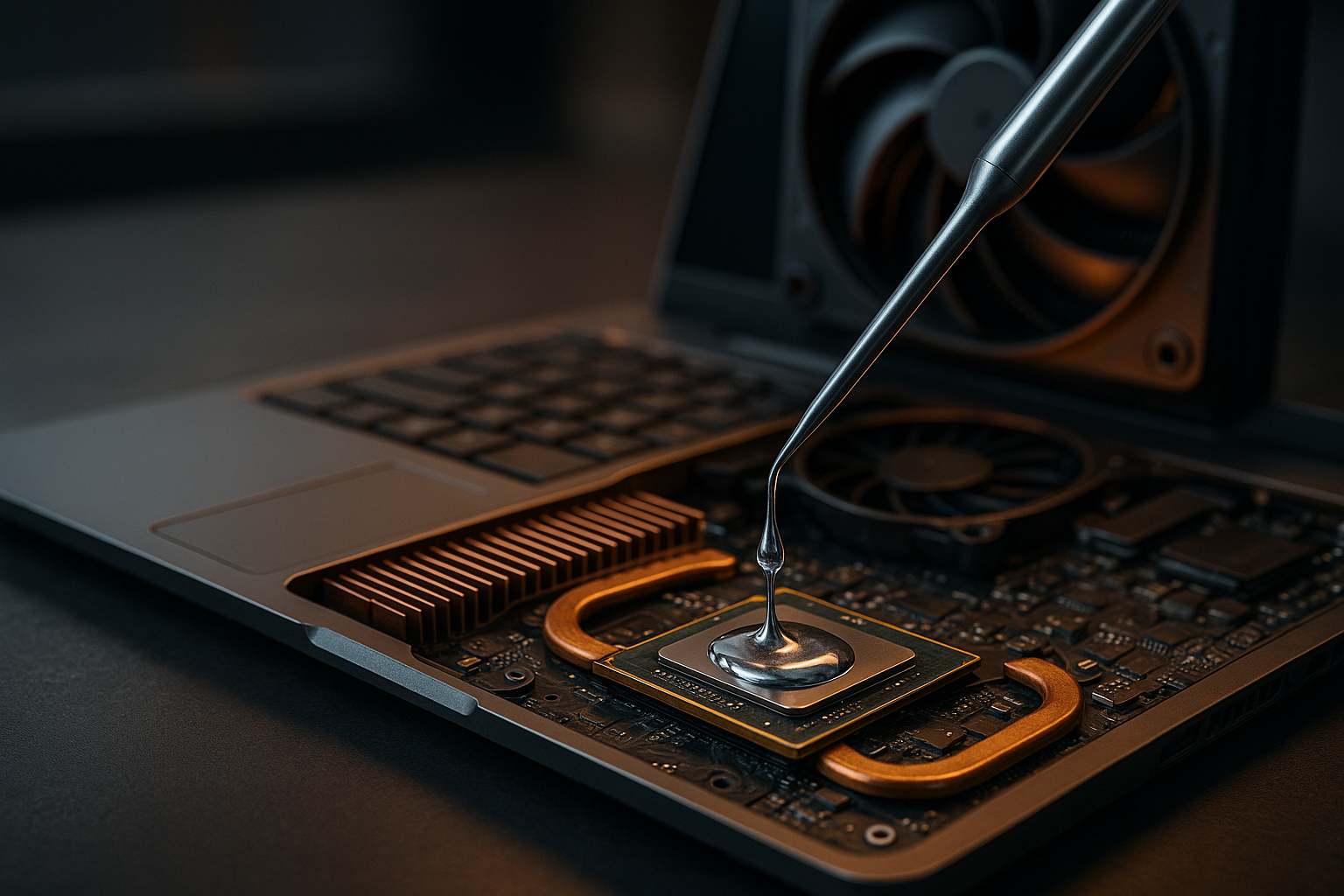Sustainable choices for gadget use and responsible disposal
Everyday decisions about how we use, maintain, and discard gadgets affect environmental footprint and product longevity. This article outlines practical steps for extending device life, improving energy and materials efficiency, and ensuring responsible disposal. It highlights component-level choices, maintenance practices, and options for repair and recycling that fit typical consumer workflows.

Longer device life and careful end-of-life handling reduce waste and the environmental cost of producing new hardware. Adopting sustainable habits—such as choosing compatible upgrades, maintaining batteries and cooling systems, and prioritizing repair over replacement—can keep laptops and peripherals usable for years. The following sections examine component-level impacts and practical actions for daily use, upgrades, security, and responsible disposal.
How do laptop components affect sustainability?
A laptop’s processor, memory, and storage determine performance and upgrade potential. Choosing a device with a modular design or accessible memory and storage slots makes future upgrades easier, reducing the need to replace the whole unit. Efficient processors use less power for the same tasks, lowering energy use over time. When selecting a replacement part, prioritize compatibility with existing hardware to extend life. Properly balancing processor capability with energy efficiency and sufficient memory and storage helps avoid premature disposal driven by performance limitations.
How to extend battery and display lifespan?
Battery health and display longevity are central to gadget sustainability. Limit deep discharge cycles and avoid extreme temperatures to preserve battery capacity; when possible, set charging thresholds or use built-in battery health modes. For displays, reduce maximum brightness, enable power-saving features, and avoid static high-contrast imagery to lessen burn-in risk on certain panels. When batteries degrade, consider professional replacement if the device’s design permits repair—replacing a battery can significantly extend usable life compared with full device replacement.
What role do peripherals and accessories play?
Peripherals and accessories influence overall material use and compatibility. Selecting universal or multi-use accessories—USB-C hubs, modular chargers, and cross-platform peripherals—reduces the number of items a household needs. Check compatibility with existing devices to avoid redundant purchases. Repairable and durable accessories, such as wired mice with replaceable cables or keyboards with swappable keycaps, reduce waste. When disposing of peripherals, separate batteries and electronic components for recycling according to local services to prevent hazardous materials entering regular waste streams.
How can upgrades and repairs reduce waste while maintaining performance?
Planned upgrades and timely repairs can keep older devices competitive. Increasing memory or swapping in larger or faster storage often improves perceived performance without the environmental cost of replacing a whole unit. Regular maintenance—cleaning vents, replacing thermal paste, and updating firmware—supports cooling and sustained performance. Repairability matters: prioritize devices with documented repair guides and available spare parts. Where professional repair is required, seek technicians who follow proper component recycling practices and use quality replacement parts to prolong service life.
What about cooling, networking, and security considerations?
Efficient cooling preserves internal components; keeping vents clear, using appropriate cooling pads for laptops, and ensuring case fans operate correctly all reduce thermal stress on processors and other components. Networking choices affect energy use too: modern networking equipment with energy-saving modes and managed power settings consume less electricity. Security practices—regular updates, disk encryption, and secure disposal of storage devices—prevent data breaches that might force premature device replacement. Securely wiping or physically destroying storage before recycling protects personal information while supporting responsible disposal.
How to handle recycling and responsible disposal?
Responsible disposal begins with identifying local services for e-waste collection and certified recyclers that follow environmental and data-security standards. Before recycling, maximize reuse: donate or sell functional devices, or harvest working parts such as memory modules, storage drives, or peripherals for other uses. For items beyond repair, separate batteries and chargers for specialized recycling programs. Many manufacturers and retailers offer take-back or trade-in schemes—confirm that returned devices are handled by reputable processors who recover valuable materials and responsibly manage hazardous components.
In summary, sustainable gadget use spans thoughtful selection, routine maintenance, considered upgrades, and secure disposal. Emphasizing compatibility, repairability, and component-level care—battery management, cooling upkeep, and storage care—extends device life and reduces environmental impact. When end-of-life arrives, prioritize reuse, certified recycling, and secure data handling to complete a responsible lifecycle for electronics.





